(Another in the occasional series of famous Rutherfords)
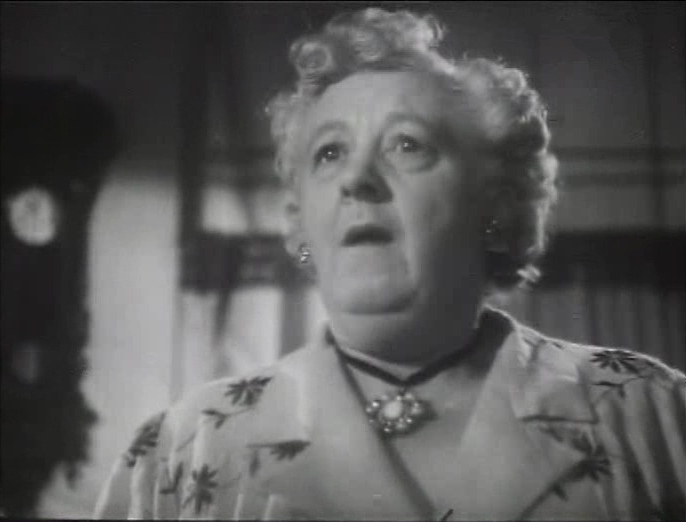
I thought writing up a few notes about Dame Margaret Rutherford the actress would be pretty simple – I would follow her tree back as many generations as possible and pull it all together in a nice neat and tidy summary.
Margaret’s story is anything but neat and tidy with a lot of fantastical stories being written or filmed about her life. Some of those stories are true and some have simply been repeated without fact checking details . So here is what I’ve uncovered about Margaret, her life and her family and, most importantly for my Rutherford studies, how she got the surname Rutherford.
Margaret was born in the second quarter of 1892 – 11 May 1892 to be exact. She was born in Balham, which is South of the River Thames in London and coincidentally not far from where I live. She was registered (and baptised) as Margaret Taylor RUTHERFORD. On the General Register entry of birth, Margaret Taylor Rutherford’s mother’s maiden name was given as Nicholson. Already this rules out some internet articles that suggest Margaret used her mothers maiden name during her acting career.

Florence Nicholson, Margaret’s mother, was born on the 15th of May 1858 to David Nicholson and Elizabeth nee Waterer. She married William Rutherford BENN (Margaret’s father) in the All Saints Church in Wandsworth, London in December 1882. On the Banns document from London Metropolitan Archives William gives his fathers name as Julius Benn a Minister of Religion and Florence gives her fathers name as David (deceased ) a builder. Sadly mothers names are not included – a custom that has continued into this century and has only been addressed more recently.

When I started researching Margaret’s story I came to realise that not all was as it seemed. Of course immediately it’s obvious that Margaret has been christened with her father’s middle name as her surname. When William Benn married Margaret’s mother Florence he used his full birth name William Rutherford Benn.

It didn’t take long to find the reason behind the name change – William Rutherford Benn had murdered his father (Reverend Julius Benn) in the year following his marriage to Florence. The newspapers at the time dubbed this The Matlock Bridge Murder. It all happened in Derby on a Sunday morning and according to the newspaper reports William murdered his father by hitting him over the head with a chamber pot and then attempted to commit suicide by cutting his own throat (with a pen knife).
William’s family are actually quite well known – his brother was Sir John Williams Benn whose Grandson was the politician Tony Benn (born: Anthony Neil Wedgwood Benn in 1925 a British politician, writer, and diarist). Tony Benn was a Member of Parliament for 47 years between the 1950 and 2001 general elections and a Cabinet minister in the Labour governments of Harold Wilson and James Callaghan in the 1960s and 1970s. He died in London on 14 March 2014. His Wikipedia entry makes mention of the fact that (quite correctly) he was Margaret Rutherford’s first cousin once removed.
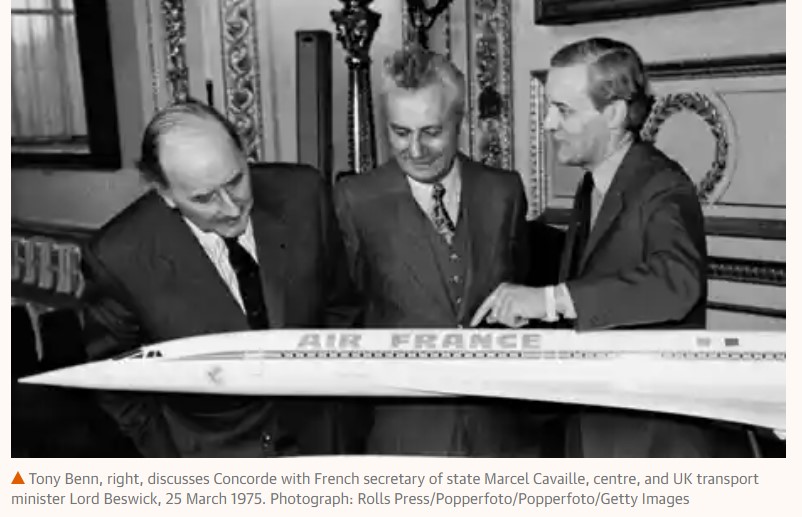
Reports into William Rutherford Benn’s background show that he suffered from mental health issues for many years. At the time he murdered his father he was described in the newspaper reports as popular around Wapping and spending his time in “good Christian work” – “respected beyond the average on account of his kind disposition and universal amiability”. Some internet sites reference him as a poet and journalist. The newspaper reports state that it was about a month after he married Florence that his problems seemed to start and he was placed under restraint and admitted to an asylum (it was actually Bethnal House Lunatic Asylum at Bethnal Green). As he soon started to recover the papers report that his father took him on occasional walks in Victoria Park and elsewhere.
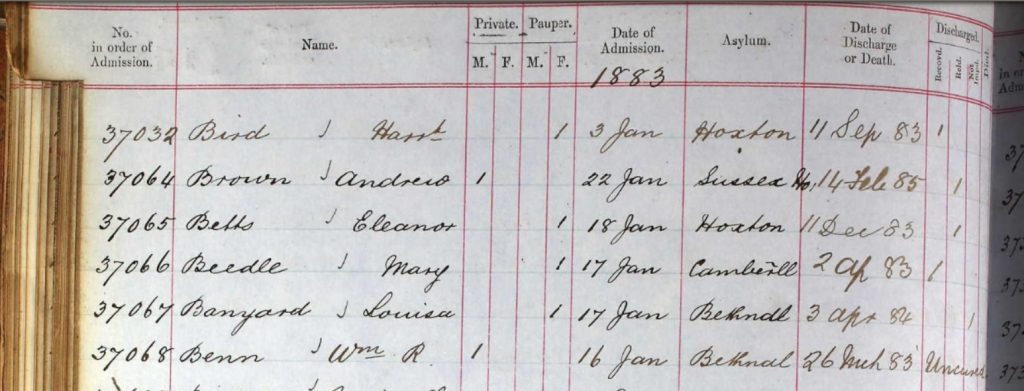
It appears the family felt a change of scenery would be good and William and his Father (the Reverend Julius Benn) left for Matlock Bridge in Derbyshire. It was at Matlock Bridge that the murder occurred. After battering his father with a chamber pot William tried to cut his own throat, but the wound was not serious. The newspaper again reports on William’s nature and that he was an “extremely kind and affectionate son”. In 1883 the understanding of mental health was of course nothing like it is today. William was sent to Broadmoor Hospital for the criminally insane.
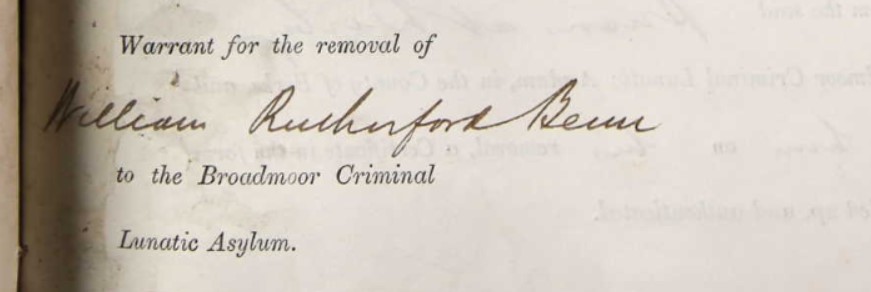
William was released 7 years later and he returned to his wife Florence – it was at this point that William Rutherford Benn dropped the Benn surname and changed his name to just William Rutherford, making his wife now Florence Rutherford. Of course my interest in this story is where did the Rutherford name come from – not from Florence’s side that is certain. Some genealogical research quickly provided the answer. The murdered Reverend Julius Benn was the son of William Benn (1799-1868: a weaver from Manchester) and his wife Margaret RUTHERFORD (about 1800-1841). The details in the register have William Benn a bachelor and Margaret Rutherford a spinster marrying in Manchester in November 1821.
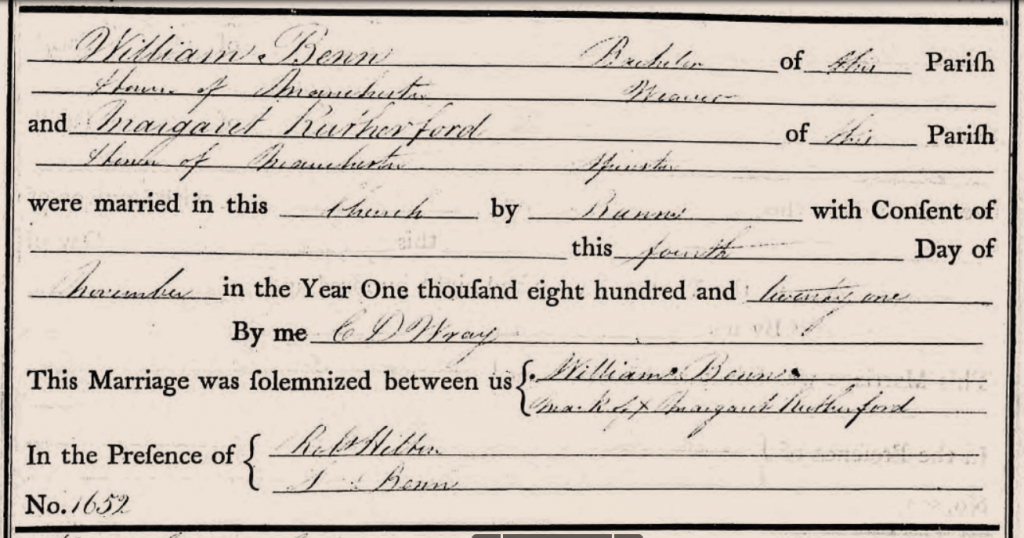
So it seems William Rutherford Benn was given his Paternal Grandmothers maiden name as a middle name and then changed his surname to Rutherford when he was released from Broadmoor. This explains why Dame Margaret Rutherford was indeed born as a Rutherford and interestingly it seems her paternal great grandmother was also called Margaret Rutherford. Florence (now Florence Rutherford) gave birth to her daughter in 1892.

You would think that might be the end of the saga – but no nothing was plain sailing for William, Florence and Margaret. Shortly after Margaret’s birth the Rutherfords left for India which explains William’s occupation details on Margaret’s baptism. In July 1895 all three returned to England from Calcutta (now “Kolkata”) on the ship the “Delaware” – the passenger list describes William as a Merchant, Florence as a Lady, and Margaret is 3 years old.

Now here is the weird thing .. books about Margaret and also a television documentary tell a wild tale of Florence hanging herself in India from a tree. This is all described in quite a lot of detail saying that a servant at dawn found Florence (apparently pregnant) hanging from a tree in their garden. Well Florence seems to be remarkably “undead” in the passenger list on their ship back to England. In fact on obtaining Florence’s death certificate (which might have been a good move for the biographer and the TV documentary crew!) she died a year after their return (on the 22 May 1896) at 4 Berkeley Place, Wimbledon. This is where Florence’s sister Bessie lived and where Margaret was ultimately brought up. I have photographed the Blue plaque on the house in Berkeley Place – it’s in a really lovely area of Wimbledon. Florence was 38 years old when she died – her death certificate states she suffered from “Nervous Exhaustion” 4 years, and a “Weak Heart”. According to her death certificate William was present at her death.
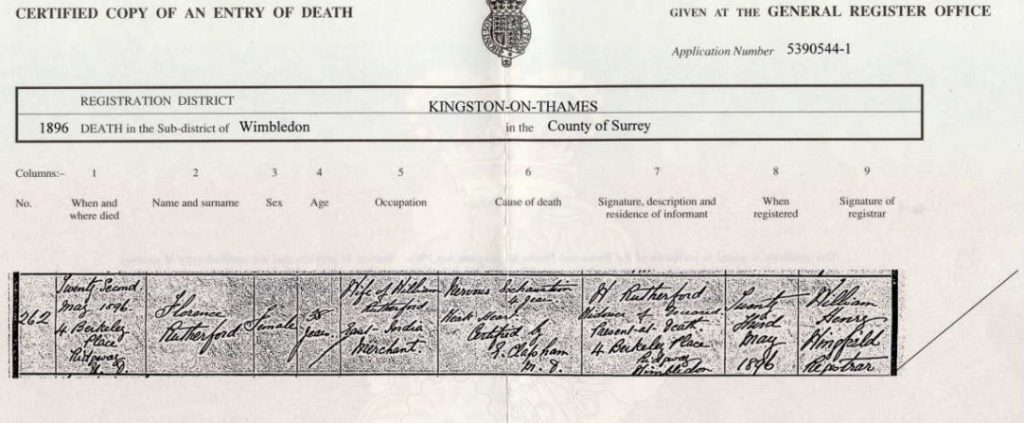
Florence is buried in Gap Road cemetery in Wimbledon. Visiting the grave is easy and it is plot A/A/28 near the chapel at the front of the cemetery. The grave is now quite overgrown and the cross has been removed and lays on the ground in front of the small blocks that form the headstone. William Rutherford is also buried here – he died in August 1921 at the City of London Asylum near Dartford in Kent.
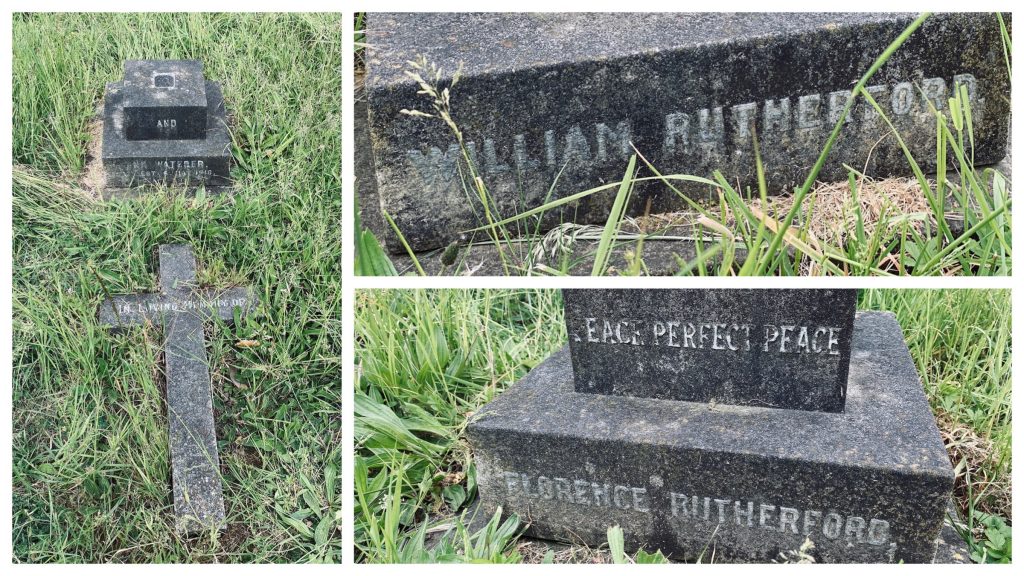
The stories say that Margaret was told her father died and she did not know he was re-admitted to the asylum, but given some of the stories that filmakers and biographers have repeated, I cannot say if that is true. It appears that the stories like Florence’s suicide may have originated from a book published by the self-proclaimed “adopted” child of Margaret Rutherford (and Margaret’s husband Stringer Davis). This child was transexual Dawn Langley Simmons (born Gordon Langley Hall). She became close to Margaret and wrote a biography in later years. Her life story is full of many peculiarities. A fun fact: in the cult film Withnail and I, a character is seen reading a tabloid newspaper article about Gordon Langley Hall.
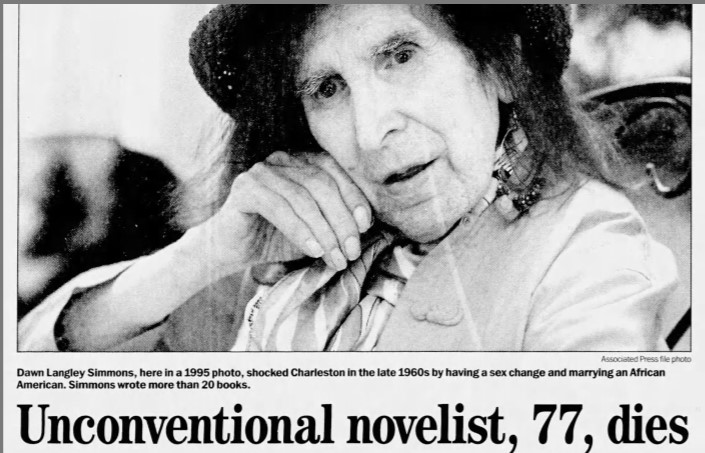
Certainly Margaret Rutherford has an interesting lifestory – beware what you see on the internet, in books, or even in documentaries. The facts should always speak louder than fiction, and there is enough factual stories in Margaret’s life without anyone needing to have invented more.
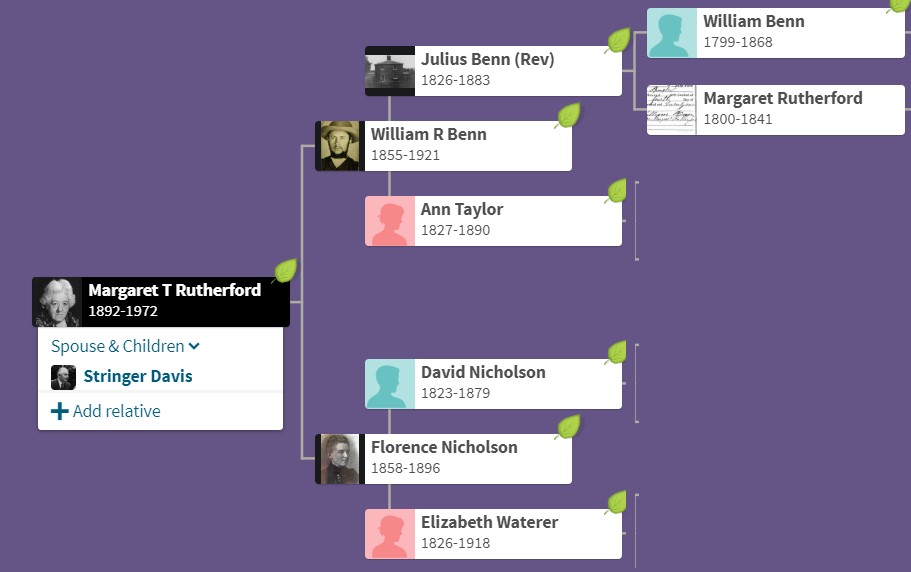
Footnote: I have not yet found who the parents of Margaret’s paternal great grandmother are, and therefore I do not know if she is related to my Rutherford family generations further back. I do hope in time to find more about the Rutherford’s from Manchester whose descendant was one of Britain’s much loved actresses.
Dame Margaret Taylor Rutherford died in May 1972 and is buried in Buckinghamshire.
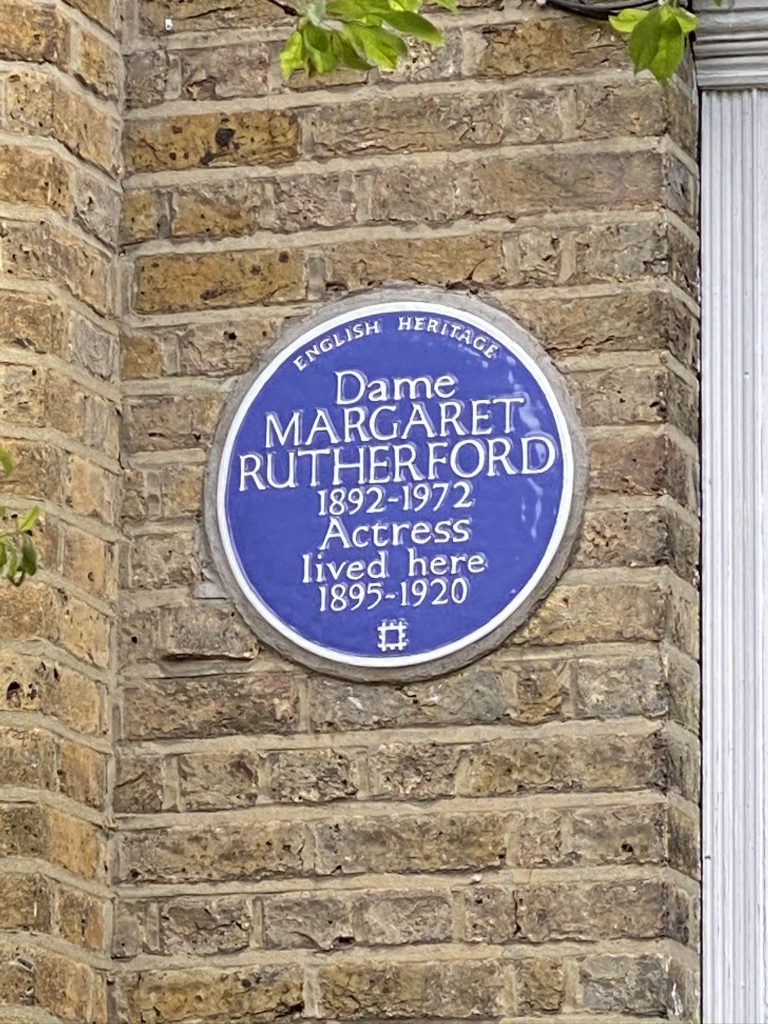

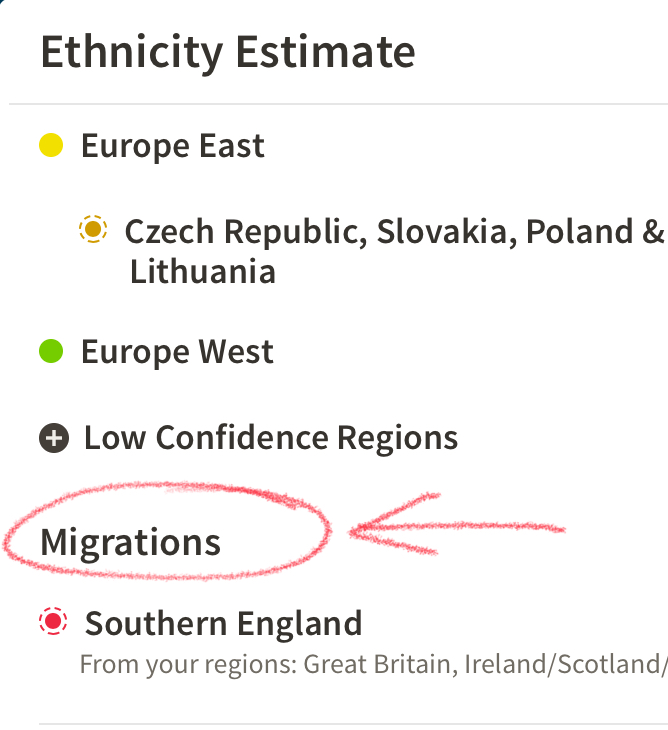


8 thoughts on “Dame Margaret Taylor Rutherford (1892-1972)”
Wow, that was a shock. I’m new to genealogy and expecting my DNA results soon so I thought it was time I looked at your website as it comes highly recommended.
One of the first things I saw was Margaret Rutherford’s photo, which made me falter. She lived in her later years in the next road to where I live now. Our paths never crossed but she is feted as a local celebrity. In fact a new housing development in the village has a Marple Lane and a Rutherford House.
Very interesting to read more about her and her family. Thank you for all that, and I look forward to learning more about genealogy friends m your excellent website.
Thank you Val
Excellent read! Many thanks.
Thank you
Thank you for providing such a thorough and well researched background on one of my favorite actresses. You rely on fact, provide documents not baseless speculation and sensationalism. No groundless lurid claims that can’t be verified in your report. You did your research and gave us the proof. I wish MR so called biographers had conducted such thorough research. Well done!
Thank you so much for your kind words
Thank you so much for telling the full story, I have for years been trying to get webpages updated about Florence Rutherford and that she died in Wimbledon, I use to go to William & Florences Grave and tidy it up but have since moved await. Florence mother is also buried in the same grave.
Great research .
Thank you, I will try and get to the grave and keep an eye on it!